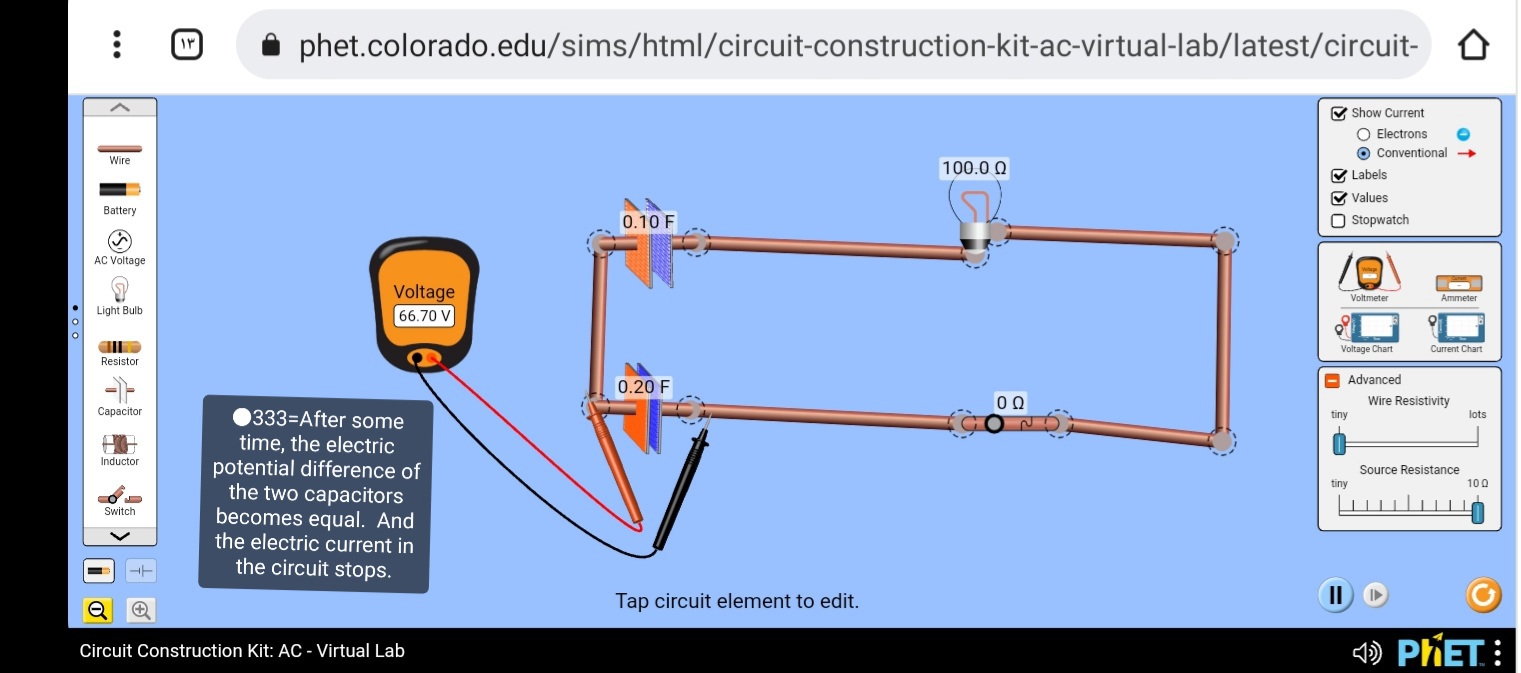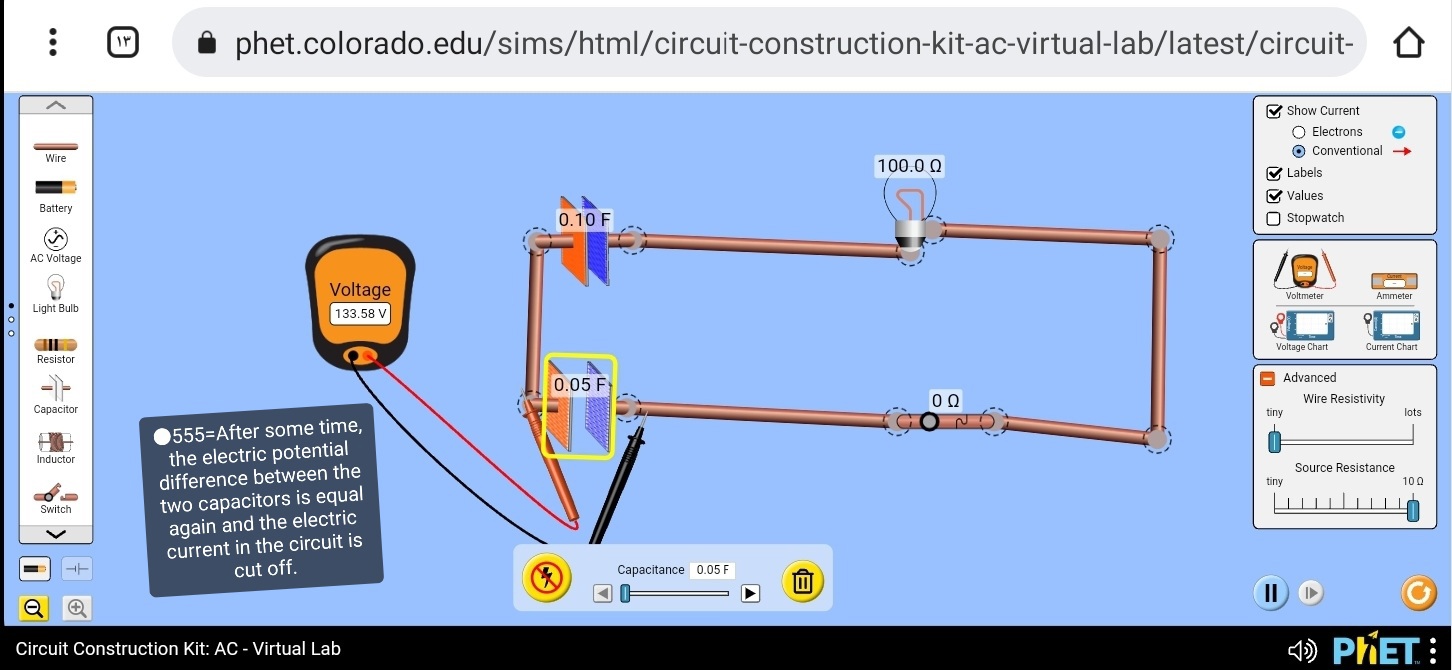My idea is:
If two charged capacitors are connected in parallel so that their positive plates are connected together and their negative plates are connected together. Then, if the capacity of one of them changes, a significant current is created in the circuit. If we put a consumer (such as a lamp) in the path of this current, this energy can be used to turn on the lamp.
changing the capacity of one of the capacitors must be done continuously and current must be maintained in the circuit By doing this alternately, it can be seen that the current in the circuit is established, but its direction changes alternately. But the total electric charge difference of two capacitors is constant. That is, if we apply the same initial capacity to the capacitor whose capacity we have continuously changed, we will see that the total energy in the two capacitors has not changed in the ratio of the first state.
My question is:
- Can the energy produced in this circuit be enough to compensate for the energy lost (for example, heat due to the change of capacitor capacity)?
- If we can compensate for the energy loss, can such a system be used as a sustainable energy source?
3.This assembly consumes mechanical energy to change the capacitance of the capacitor. and produces electrical energy. If possible, specify with a theoretical or experimental example that the mechanical energy consumed is greater or the electrical energy produced
I am looking to understand what is the power dissipation in variable capacitors and whether this idea is practically or theoretically feasible. Any theoretical or practical views on this matter would be very helpful.








